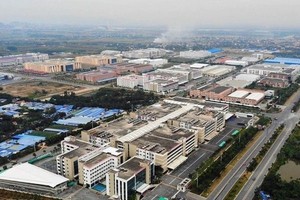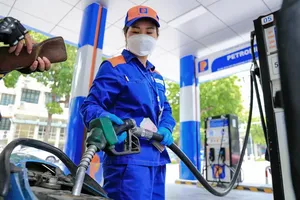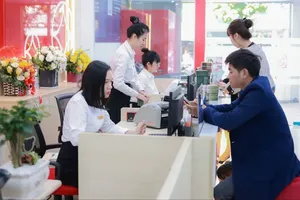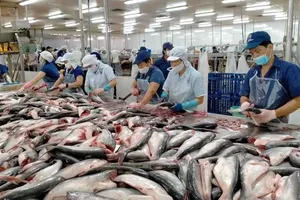The central bank instructed commercial banks to strictly restrict loans on non-productive sectors including property and stock market this year.
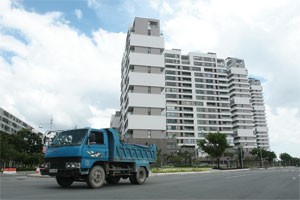
“Despite lending interest rate at a high level of 20-24 percent per annum, credit growth rate rose 3 percent in last December and 1.7 percent in January,” deputy governor Tran Minh Tuan of the State Bank of Vietnam said in a meeting this week.
“And the growth focuses on property sector, which should have been limited. We have to curb this issue and shift the credit growth toward production and business activities.”
Tuan added the property market has showed signs of recovering since the mid of last year, with a strong demand for property-purchase loans in Ho Chi Minh City.
Statistics from the central bank show loans on non-productive sectors including retail consumption, property and stock made around 20 percent of the total outstanding loans last year.
Of the figure, loans on property investments increased by 23.5 percent to VND228 trillion (US$11.4 billion), making out 50 percent of the outstanding loans on non-productive sectors.
Many commercial banks admitted they hesitated to offer loans on property investments since the risk rate of the sector was up to 250 percent. However, some still tried to ignore the risk, reporting they offered loans on retail consumptions.
To curb the issue, the central bank instructed lenders to tighten loans on non-productive sectors this year, especially property and stock investments. Banks violating the instruction will have to set aside a strict required reserve rate, which is two times higher than the common one.
Despite many lenders restricting loans on non-productive sectors, experts warned banks were still offering an unofficial lending rate of 16-17 percent as the demand for non-productive sectors were extremely strong, helping them making bulk profits.
That is the reason why the lending growth rate of non-productive sectors remained high this year in spite of high interest rates, expert said.
Strict supervisory
The state bank released the Instruction No. 01 asking commercial banks to cut their outstanding loans on property and stock to 22 percent by June 30th and to 16 percent by December 31st.
However, some lenders said the instruction would make them suffer losses from lending contracts they had signed before the issuance of the instruction.
“We will have to reclaim loans we earlier agreed to lend before the instruction released. Clients can sue us for breaking contracts,” said a general director of a HCMC-based commercial bank.
To help the lenders deal with the problem, the central bank regulated in the Instruction No.1 that it would supervise lending on non-productive sectors in the first six months.
In the remaining period of the year, the state bank will supervise banks’ implementation of the reduction in loans on property and stock, according to the instruction.


